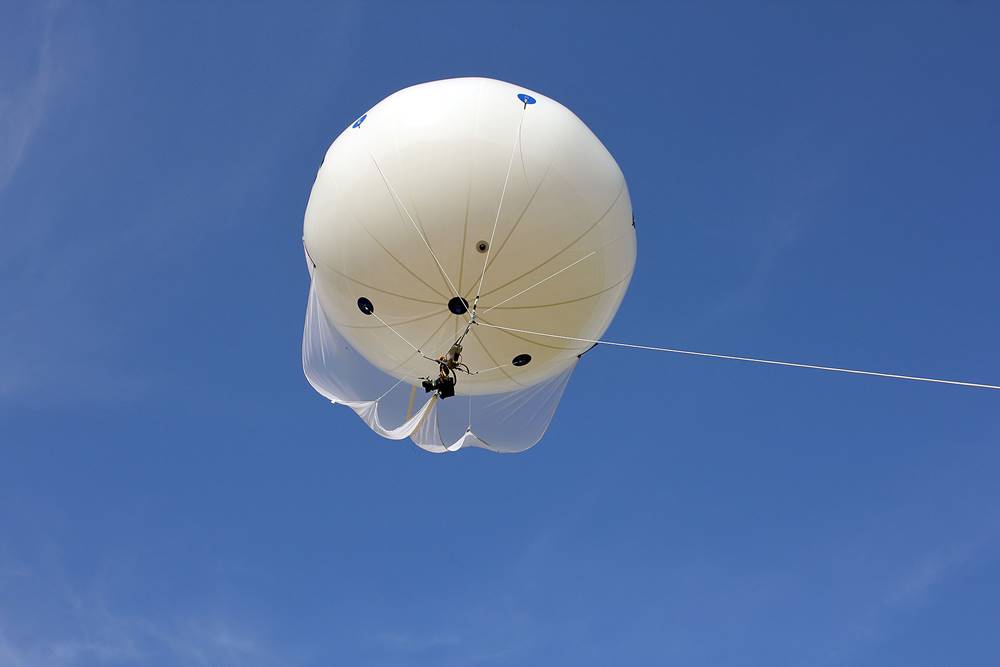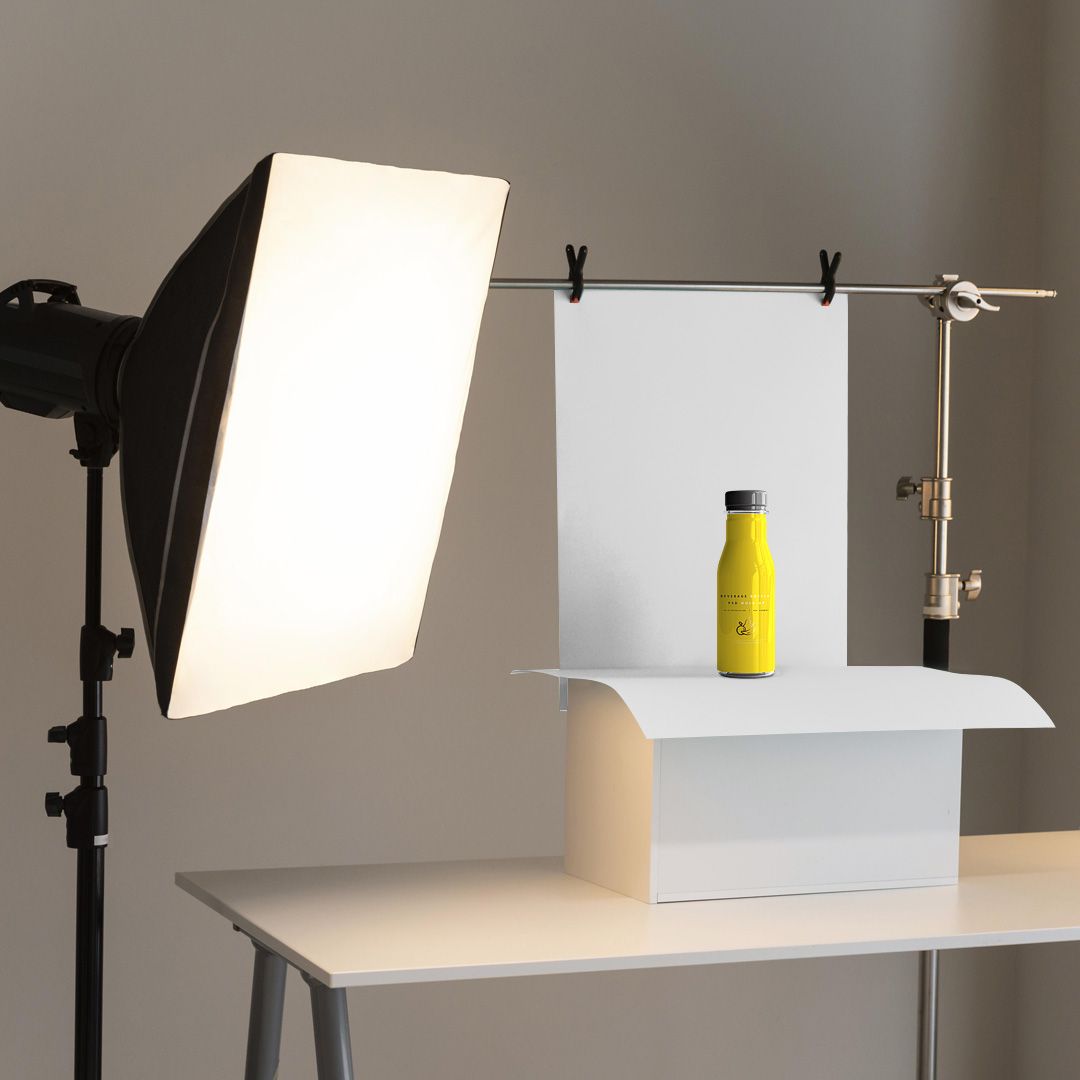“Cinematic Photo Composition: Elevating Your Travel Photography
Related Articles Cinematic Photo Composition: Elevating Your Travel Photography
- Best Photo Spots Tutorials
- The Art Of Cinematic Travel Videos: Techniques For Capturing Wanderlust
- Advanced Travel Time-Lapse Tutorials
- GoPro Travel Camera Settings Ideas
- 4K Video Editing Travel Apps: Capture And Edit Stunning Travel Footage On The Go
Introduction
Today, we’re excited to unravel an engaging topic: Cinematic Photo Composition: Elevating Your Travel Photography. Join us as we navigate insights that inform, inspire, and open new perspectives for our readers.
Table of Content
Cinematic Photo Composition: Elevating Your Travel Photography
Travel photography is more than just documenting places; it’s about telling stories, capturing emotions, and transporting viewers to another world. While technical skills like exposure and focus are crucial, the art of composition elevates a photograph from a mere snapshot to a captivating visual narrative. In recent years, the "cinematic" style has gained immense popularity in travel photography, drawing inspiration from the visual language of film. This approach focuses on creating images that evoke a sense of drama, mood, and narrative, making viewers feel as though they are witnessing a scene from a movie.
This article delves into the techniques of cinematic photo composition specifically tailored for travel photography. By understanding and applying these principles, you can transform your travel photos into compelling visual stories that resonate with your audience.
What is Cinematic Photography?
Cinematic photography, at its core, aims to emulate the look and feel of a film still. It emphasizes visual storytelling, using composition, lighting, color grading, and subject matter to create a specific mood and atmosphere. Key characteristics of cinematic photography include:
- Strong Narrative: The image hints at a larger story, inviting the viewer to imagine what happened before and after the captured moment.
- Emotional Impact: The photograph evokes feelings such as wonder, nostalgia, mystery, or excitement.
- Dramatic Lighting: Emphasis on light and shadow to create depth, highlight subjects, and set the mood.
- Intentional Composition: Careful arrangement of elements within the frame to guide the viewer’s eye and create visual harmony or tension.
- Color Grading: The use of color palettes to enhance the mood and create a cohesive visual style.
Composition Techniques for Cinematic Travel Photos
Here are some key composition techniques you can use to create cinematic travel photos:
-
Rule of Thirds:
- The rule of thirds is a fundamental composition guideline that involves dividing the frame into nine equal parts using two horizontal and two vertical lines.
- Placing key elements of your scene along these lines or at their intersections creates a balanced and visually appealing composition.
- In travel photography, use the rule of thirds to position your subject, horizon line, or points of interest to create a sense of depth and space.
- Example: When photographing a lone traveler in a vast landscape, position the traveler along one of the vertical lines and the horizon along the lower horizontal line to emphasize the scale of the environment.
-
Leading Lines:
- Leading lines are lines within the frame that draw the viewer’s eye towards the subject or a specific point of interest.
- These lines can be roads, rivers, fences, or any other linear element that guides the viewer’s gaze through the scene.
- Leading lines create a sense of depth and perspective, adding dynamism to your composition.
- Example: Use a winding road to lead the viewer’s eye towards a distant mountain range, creating a sense of adventure and exploration.
-
Framing:
- Framing involves using elements within the scene to create a frame around your subject, drawing attention to it and isolating it from the surrounding environment.
- Natural frames can be archways, windows, trees, or any other element that creates a border around your subject.
- Framing adds depth and dimension to your photos, creating a sense of intimacy and drawing the viewer into the scene.
- Example: Photograph a street performer through an archway in a historic building, using the archway to frame the performer and create a sense of depth and context.
-
Negative Space:
- Negative space refers to the empty or unoccupied areas within the frame.
- Using negative space effectively can create a sense of balance, simplicity, and drama.
- Negative space can also emphasize the subject, drawing attention to it by providing a visual contrast.
- Example: Photograph a lone figure walking along a deserted beach, using the vast expanse of sand and sky to create a sense of isolation and solitude.
-
Symmetry and Patterns:
- Symmetry and patterns can create visually striking and harmonious compositions.
- Look for symmetrical elements in architecture, landscapes, or urban environments.
- Patterns can be found in repeating shapes, colors, or textures.
- Symmetry and patterns create a sense of order and balance, while also adding visual interest.
- Example: Photograph a symmetrical building facade or a repeating pattern of market stalls to create a visually appealing composition.
-
Depth of Field:
- Depth of field refers to the amount of the scene that is in focus.
- A shallow depth of field (achieved with a wide aperture) can be used to isolate the subject and create a blurred background, drawing attention to the subject and creating a sense of intimacy.
- A deep depth of field (achieved with a narrow aperture) can be used to keep the entire scene in focus, providing context and detail.
- Example: Use a shallow depth of field to photograph a portrait of a local artisan, blurring the background to focus on their face and hands.
-
Foreground Elements:
- Including foreground elements in your composition can add depth and perspective, creating a sense of immersion.
- Foreground elements can be rocks, flowers, or any other object that is closer to the camera than the subject.
- These elements create a sense of scale and distance, drawing the viewer into the scene.
- Example: Photograph a mountain range with wildflowers in the foreground, creating a sense of depth and scale.
-
Dynamic Angles:
- Experiment with different shooting angles to create more dynamic and interesting compositions.
- Shoot from a low angle to make your subject appear larger and more imposing.
- Shoot from a high angle to provide a broader perspective and emphasize the environment.
- Use diagonal lines to create a sense of movement and energy.
- Example: Photograph a towering waterfall from a low angle to emphasize its height and power.
-
Golden Hour and Blue Hour:
- The golden hour (the hour after sunrise and the hour before sunset) and the blue hour (the hour after sunset and the hour before sunrise) offer soft, warm light that is ideal for creating cinematic photos.
- During these times, the light is diffused and flattering, creating a sense of warmth and atmosphere.
- Use the golden hour and blue hour to capture dramatic landscapes, portraits, and cityscapes.
- Example: Photograph a cityscape during the golden hour, capturing the warm light reflecting off the buildings and creating a sense of magic.
-
Color Palette:
- Consider the color palette of your scene and how it contributes to the overall mood and atmosphere.
- Use complementary colors (colors that are opposite each other on the color wheel) to create visual contrast and interest.
- Use analogous colors (colors that are next to each other on the color wheel) to create a sense of harmony and unity.
- Example: Photograph a sunset with complementary colors of orange and blue, creating a visually striking and dramatic scene.
Practical Tips for Capturing Cinematic Travel Photos:
- Plan Your Shots: Research locations and scout for interesting compositions before you start shooting.
- Be Patient: Wait for the right light and moment to capture the perfect shot.
- Experiment with Different Angles and Perspectives: Don’t be afraid to try new things and break the rules.
- Pay Attention to Detail: Notice the small details that can add depth and interest to your photos.
- Edit Your Photos: Use post-processing software to enhance the colors, contrast, and sharpness of your photos.
- Study Film: Watch movies and pay attention to the composition, lighting, and color grading. Use these elements as inspiration for your own photography.
- Tell a Story: Think about the story you want to tell with your photos and use composition to convey that story.
Post-Processing for a Cinematic Look
While composition is key, post-processing plays a significant role in achieving a cinematic look. Consider these techniques:
- Color Grading: Adjust the color balance to create a specific mood. Popular cinematic styles include warm tones, cool tones, or a desaturated look.
- Contrast Adjustments: Increase contrast for a more dramatic feel, or reduce it for a softer, dreamier aesthetic.
- Sharpening: Add sharpness to bring out details, but avoid over-sharpening, which can make the image look artificial.
- Vignetting: A subtle vignette can draw the viewer’s eye towards the center of the frame.
- Adding Grain: A touch of film grain can enhance the cinematic feel, especially for images with a vintage aesthetic.
- Cropping: Use cropping to refine the composition and create a widescreen aspect ratio, mimicking the look of cinema.
Examples of Cinematic Travel Photography:
- A lone figure silhouetted against a dramatic sunset in the Sahara Desert. The vastness of the desert and the intense colors of the sunset create a sense of awe and wonder.
- A bustling street scene in Tokyo, captured with a shallow depth of field. The blurred background isolates the subject and creates a sense of chaos and energy.
- A portrait of a local fisherman in a remote village, framed by a weathered wooden door. The framing adds depth and context, while the subject’s weathered face tells a story of a life lived in harmony with the sea.
- A landscape photograph of the Scottish Highlands during the golden hour, with a winding road leading into the distance. The leading lines and warm light create a sense of adventure and exploration.
- A black and white photograph of a historic building in Paris, captured with a symmetrical composition. The symmetry and monochrome tones create a sense of timeless elegance.
Conclusion
Cinematic photo composition is a powerful tool for elevating your travel photography. By understanding and applying the techniques discussed in this article, you can transform your photos into compelling visual stories that transport viewers to another world. Remember to plan your shots, experiment with different angles and perspectives, pay attention to detail, and use post-processing to enhance the cinematic feel. With practice and dedication, you can create travel photos that are not only beautiful but also evocative and unforgettable.





